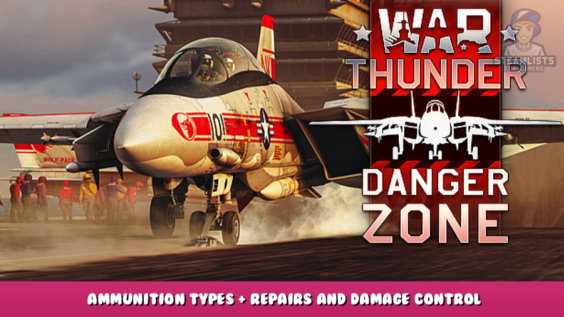


Salute to all my fellow captains
Although Ships in WarThunder might not have the largest player base of all 3 branches, it is my favorite. Maybe i can get some new people to give Naval another try, or even oldies to return to it. This Guide is primarily focused on RB but is almost identical for AB.
This guide will cover the following: Basics of blue-sea navy combat .
Destroyers (later referred as DD), Cruisers, (CA,CL, etc.) are the first. Eventually, you can move on to Battlecruisers or Battleships (BBB, BC, etc.).
I will cover the basics of positioning, munition types/usage, and aiming.
I will simplify the explanations and use general terms to keep it simple.
Pictures of German Ships serve as an example, but the basic principles are applicable to all nations.
I hope you find it informative and helpful.
#WTGuide1
Aiming and Ammo
General info
Because aiming and ammunition types are almost identical on all ships, I will condense it into one section and not go into detail about each class. Here are the major class differences.
Most people I talk to about ships and warthunder tell me they can't seem hit reliably.
They do not do random damage or good. Although damage can sometimes be random, it is possible to hit the target most of the times with well-aimed shots. The damage will be permanent if you use the right type of shell for the job. There are exceptions to the rule that shooting is a waste ammo. These will be covered in specific ship-class sections.
Let's get down to business with the shell types. Depending on the nation you are from and your ship class, there are different types.
Some ammunition may not be available to your ship. (Maybe subjected to changes)
Types of ammunition:

Your bread and butter shell. Use it against targets that are smaller or less armoured than you. It almost always does some damage, as it has the highest explosion-mass of all your other shells.

Explosive-mass is sacrificed for penetration. However, there is a solid chance of ammo-detonations if you use it right. If you don't have SAP or the target is further away (9+ km), ammo-shots are best used against targets that are angled against you.

SAP and similar are the middle ground between explosive-mass and penetration. This ammo is great for broadside shooting and medium distance shooting against armoured or angled targets.

Although the timed airburst ammunition is not recommended for use in a specific situation, I almost always have some on board my ships. It is great for small boats and as an antiair in a pinch.
Hitting your targets:
Gajin has made ship aiming adjustments. With the addition of crew members as lead indicators and other helpers, there is more in-game help to target than ever. Let's get to the point.
This zoomed binocular image shows the compass at the top, hit indicator on right, and the crew measuring range at the bottom right. The line in the middle indicates where your shells would land if they were to land.
RB does not have any red markers for enemy vessels, but the target is indicated by a small rounded box.
Once your crew has completed rangefinding, a small indicator in the red triangle on your scope will appear. This indicator will tell you where to aim and when to hit the target. It is only possible to keep the ship on the same course and at the same speed. The indicator shows the lead at a single point in time. It will then update in cycles. To see how accurate your lead indicator is currently, keep an eye on the timing of the next update cycle.
Ammo storage is a serious matter. Even though it doesn't cause immediate death, a ship can be severely damaged by an ammo explosion. Almost every DD or Cruiser has two ammo-storages. They are located under the inner turrets front and back. Some battleships and other large ships may have different ammo storage locations. Others ship central ammo holdings are located underneath coal bunkers. I recommend that you aim for the waterline, under the inner turrets using AP or SAP to hit ammunition.
Another strategy is to aim for gun-turrets using either HE and AP shells.
HE works well with overpressure for open turrets (found on many DDs), and you can disable multiple turrets simultaneously leaving your target without the ability to shoot back until it is repaired.
AP shells can be used to ammo rack and turret turrets. Torpedo launchers can also be used, but they do more damage than an ammo bunker hit.
With a little practise, you can reliably shoot on shorter distances without the crew lead-indicator. The target's estimated range is shown immediately after you select it. The torpedo lead indicator will give you an indication of the enemy's direction. To make this work, the target must be within torpedo range. Otherwise, the torpedo indicator will not point directly at the target.
Relative movement is the most difficult part for most people. It is crucial to understand how the target moves relative your own ship. If the targets are closing on each other at full speed, nose on, and with their guns on, the range will drop dramatically while your shells travel through the air. You would need to aim for a shorter range than the one shown. If both sides move away from one another, the opposite is true.
Small boats and ships can often disappear at a distance if they are not viewed through zoomed binoculars. Keep your eyes open, and don't forget to look around between salvos. This is especially true for larger ships.
Let's now move on to the class-specific topics.
Repairs and Damage Control
General Information:
It is crucial to manage your repairs and keep your ship afloat.
Each type of repair, including fire, leaks, and module repair, has a timer that will allow it to be completed. If there is no other repair type, the fastest repair time is possible. Repairing all three types is possible.
Destroyers
General:
The primary and secondary guns of a DD are designed to be used against other DDs.
Small boats or Anti-Air.
There are some exceptions, such as the german Z32, which uses light-cruiser calibers but can do decent damage (CL etc.). I would only consider a gunfight DD vs CL/CA if the enemy is occupied.
Most DD's have decent to very high anti-air. This can be used effectively against small coastal vessels but it also draws attention quickly and gives away your position like nothing else. Secondary management is crucial to your survival, especially if you are uptiered or facing off against cruisers. Secondary guns can cause serious damage to your ability to sneak behind islands or perform difficult flanking maneuvers. When engaging multiple threats simultaneously, it can be helpful to also manage secondary targets manually (X+2/X+3 default).
Gunfights:
Many people open fire with DD's too early. If your target is moving quickly, salvos that are more than 10 km away have a low hit ratio. If you have the opportunity to shoot and can pen, you can take shots but don't blast a target that you barely hit. Ammo is fast with most DD firerates. The preferred engagement distance should be between 8-9 km and less. In most cases, you can hit reliably and penetrate. Since DD's are not very well armoured, I prefer a HE-heavy ammunition load in most cases. AP or SAP rounds are best for shooting at higher distances, steep angles, and cruisers.
Torpedoes:
Torpedoes should not be fired at the point where the lead indicator indicates. Japanese Ships have torpedoes that have a very high range. It is important to predict whether enemy ships will reach certain cap-points or between islands. While travel times can be quite long, it is important to account for this. Cap-denial with torp Salvos can be extremely effective and can even save their lives if they push in. It is a good idea to remove all torpedoes when you expect heavy fire.
Movement:
Many people underestimate the importance and necessity of maneuvering your ship between salvos, especially when you have DD's. This is especially unfortunate since most DD's excel at movement. Even with the DD's short reload-speed of 2-5 seconds, it is important to avoid moving in a straightline for too long. Only a few degrees can make the difference between being hit repeatedly and avoiding most shells. This tactic is less effective at shorter distances, but it can be more effective when you are facing enemies with low muzzle velocity. To ensure your guns are on target, wait until your ship balances before turning hard.
When angled, most DD's can fire full salvos with their primary armament. Avoid enemy engagements at 90 degrees. Broadside is almost always a death sentence, except for high-distances where active evasion may be possible.
I have included one of my DD runs for those who need video footage.
Keep in mind that the footage is old and has been shot with old scopes.
Cruisers
General:
Cruisers are generally destroyer-killers and have the most anti-air of any game member.
While still being mobile. The higher your armour class, the more you can change the playstyle from evading to tanking/bouncing shots. Some CL's are not as difficult as DD's but an armoured or heavy cruiser can bounce a lot if it is angled correctly and at a distance.
If possible, avoid close-range infights against DD's. Ships of the same size as you can do reliable damage at longer ranges. Torpedoes aside, only ships that are larger than you can do so.
Gunfights:
Depending on the target, the preferred range for large, slow targets is between 10-15km and 15-25km, if penetration is possible. For light targets, I prefer a range of 7-10km. DD's and smaller cruisers are better suited for light targets, such as i.e. Anything below 5km is considered to be in danger and should be treated immediately. Torps are difficult to avoid if they are not coming at you, and even small caliber fire and DD can cause serious damage. I have sunk light cruisers equipped with 20mm anti-air at close range several times.
Torpedoes:
A decent torpedo load is a standard requirement for cruisers. It can be used in close combat as a last resort or as a prediction fire against strategic points. I prefer to use 80% of my torps against cap points and small island passages, and keep the rest on board for later. This reduces the likelihood of a torpedo being detonated under fire, but still gives you options in case an enemy pops up unexpectedly.
Movement:
The best scenario is to flank your enemy for angled broadsides while keeping some distance away from your targets. You can then "cruising" at your preferred range, and fire on the enemy. There will be times when pushing for cap-points is not possible. It all depends on the match you are playing. If you are top-br, and are facing enemy brs or smaller, you have the option to make hard pushes. If your opponent starts engaging you, you can keep your angle and outgun them. You also have backup. You don't have to fire on everything when you go for a cap. If your guns remain silent, you can avoid a lot attention.
This is especially true if matchmaking is not in you favor. Pushes become more difficult to pull off when you are uptiered. You can use terrain to your advantage and keep firing as low as possible, trying to get by unnoticed.
Battleships
General:
Battleships can generally destroy any cruiser or destroyer they encounter with a few salvos. They are able to take damage only from other Battleships and Heavy Cruisers with large caliber main battery batteries.
You can penetrate any BC/CA/CL/DD that you see in every position if you are angled and at close range. A low number of WW1-era BB's are available that spot little to none anti-air onboard. Even WW2 Battleships can be easily targeted by planes, if they are not supported with allied flak fire.
Combat in BB vs BB battles is almost instantaneous. Shooting distances between 20-25km is not a problem and you can usually open fire immediately you spot an enemy ship. It is possible to fire a ranging shot, or wait for the crew to range, due to the long reload times of most BB's. You can lose a lot of money if you waste salvos. Make sure your aim is on target and the ship is stable. There should be no turning and no leaning on the sides.
Gunfights:
I generally open fire on other Ships between 20-23 km if they show broadside or at least a wide angle. Because the shell angle is so high you can hit structures or decks that are lightly armored from above, used ammunition should be either AP/HE. HE is more powerful than AP and can penetrate the deck to detonate ammunition inside.
At 15 km or less, steeply angled ships can become targets again as you can penetrate other BB's using AP. I switch to SAP for greater damage at ranges between 12-8 km because of the higher explosive mass or HE against lighter targets.
You are approximately 8-5km from the nearest point-blank distance for a BB. A good hit will end almost all ships at this distance. AP/SAP penetration is almost certain, so reliable ammo-shots against any ship are possible. I recommend keeping enemies at least 5km from you. Many BB's cannot fire their main guns at close ranges because they can't aim low enough. The torpedo threat is enormous even with BB-torpedo-belts.
Torpedoes:
Many BB's are equipped with torpedoes. However, they should be considered a last resort/self defense option if they aren't used for area-denial as discussed in previous chapters.
You can expect to receive heavy fire in a match with BB, so i tend not to drop until the torps reach the cap-point/gap that i want to block.
Movement:
Most Battleships tend to turn slowly and are not fast. Some WW2 BB's (USA and GB) can be considered "fast" for a Battleship but they are not as agile as smaller ship-classes. Avoiding incoming fire is only possible at long engagement ranges. In most cases, the angle of your ship will be the most important. While it is a sad fact that Battleships must sometimes cap-point, this should be avoided if your enemy is not dominating. While moving in flank manouvers, keep a good distance from the target. If your team is having trouble pushing-points, it's the BB's job grab attention and engage the enemy fire. You can expose yourself to the ships and engage them in shooting at your allies. You cannot ignore Battleship shells and die, so they have to either move or focus on you.
Summary / Disclaimer
You made it to the end, thank you for reading!
I hope my explanation was understandable and can help people get a better grasp of naval. There are many other factors that play into battle that i cannot cover here without over-explaining it. Maybe i will add more detailed guides in the future.
I am happy to correct or clarify any mistakes you may have made.
Have a great day!
This is all about War Thunder – Ammunition types + Repairs and Damage Control; I hope you enjoy reading the Guide! If you feel like we should add more information or we forget/mistake, please let us know via commenting below, and thanks! See you soon!
- All War Thunder Posts List


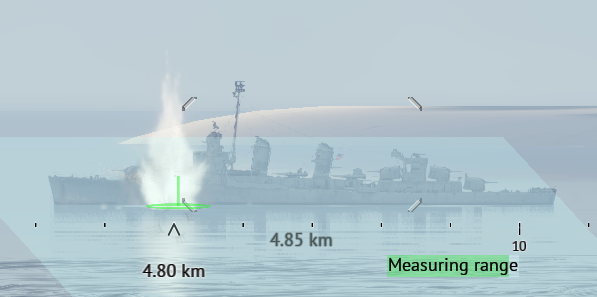
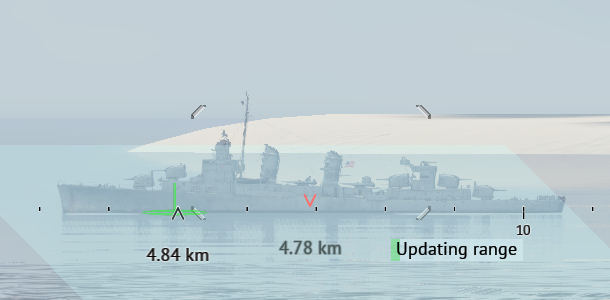
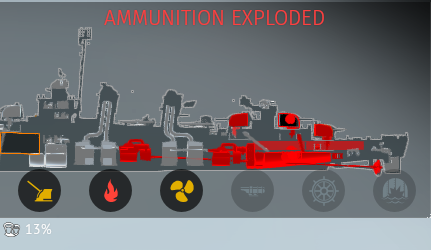
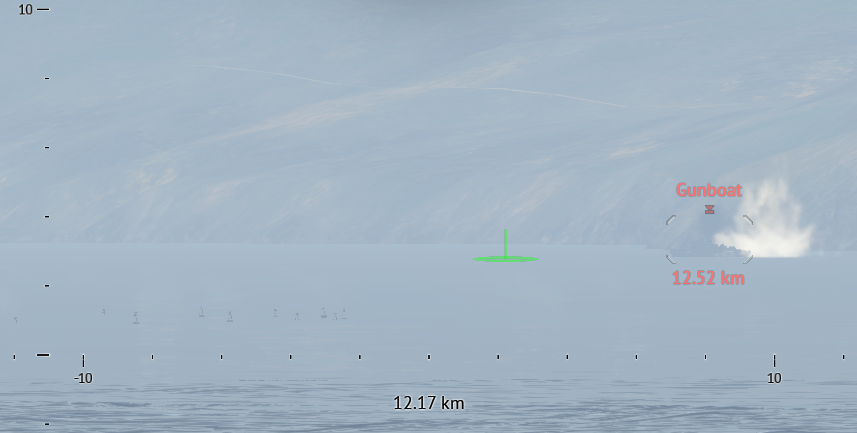
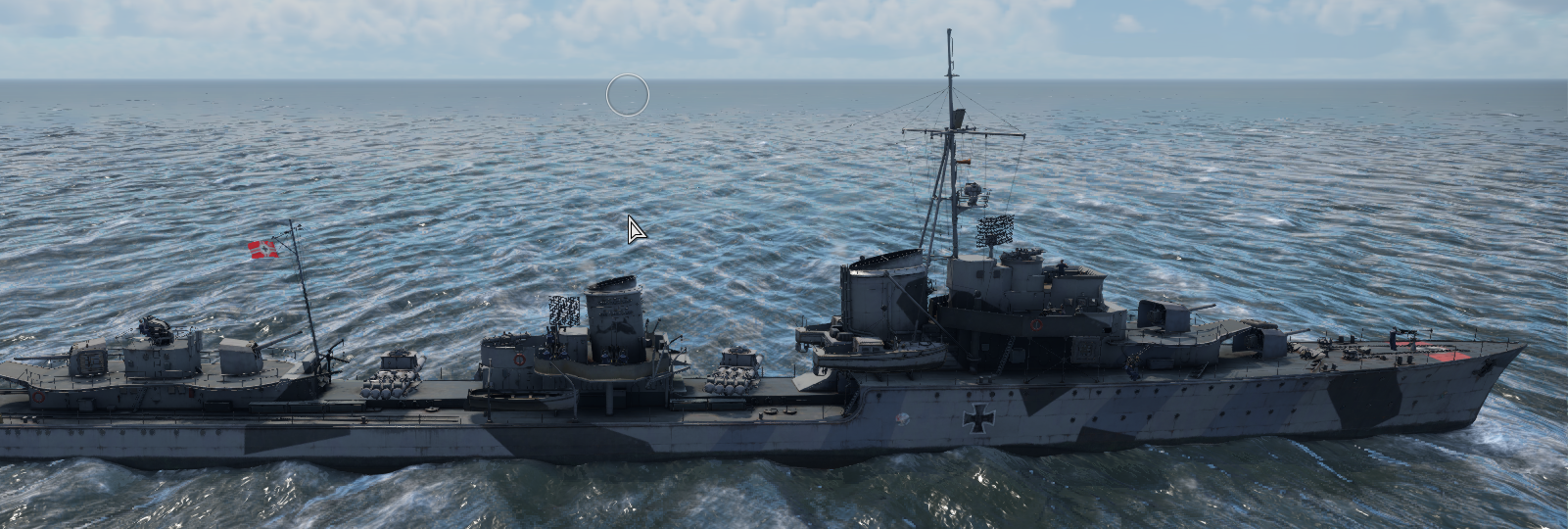
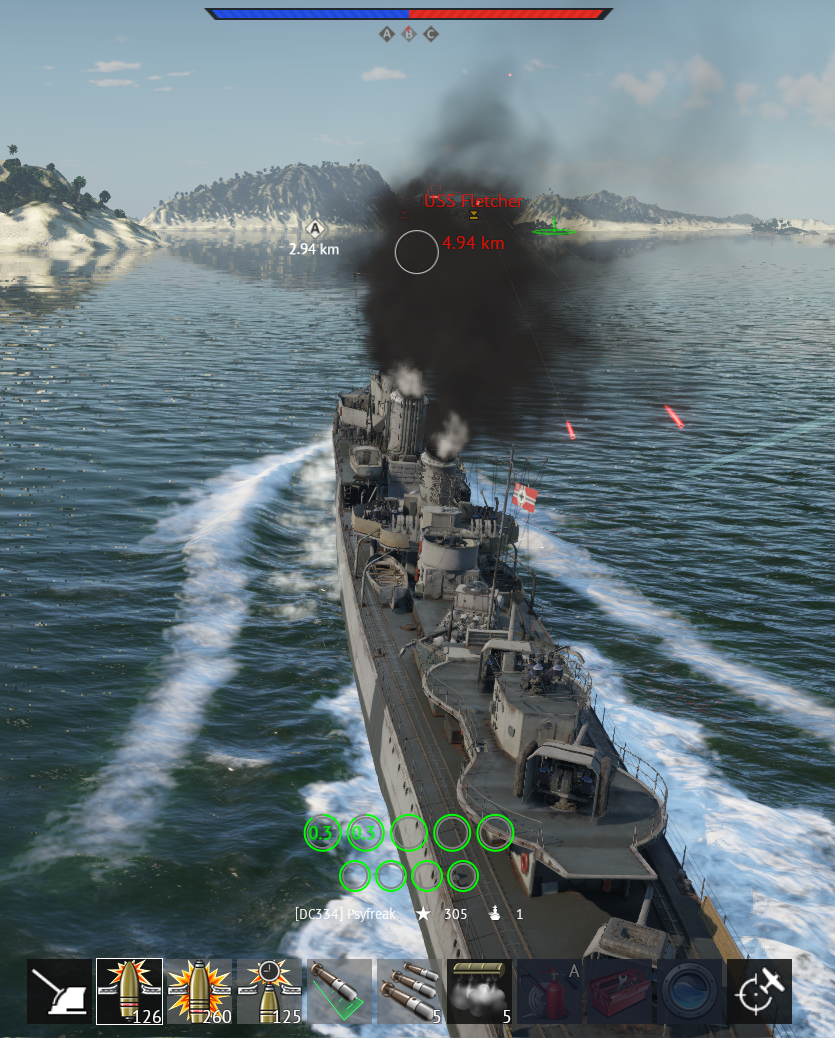
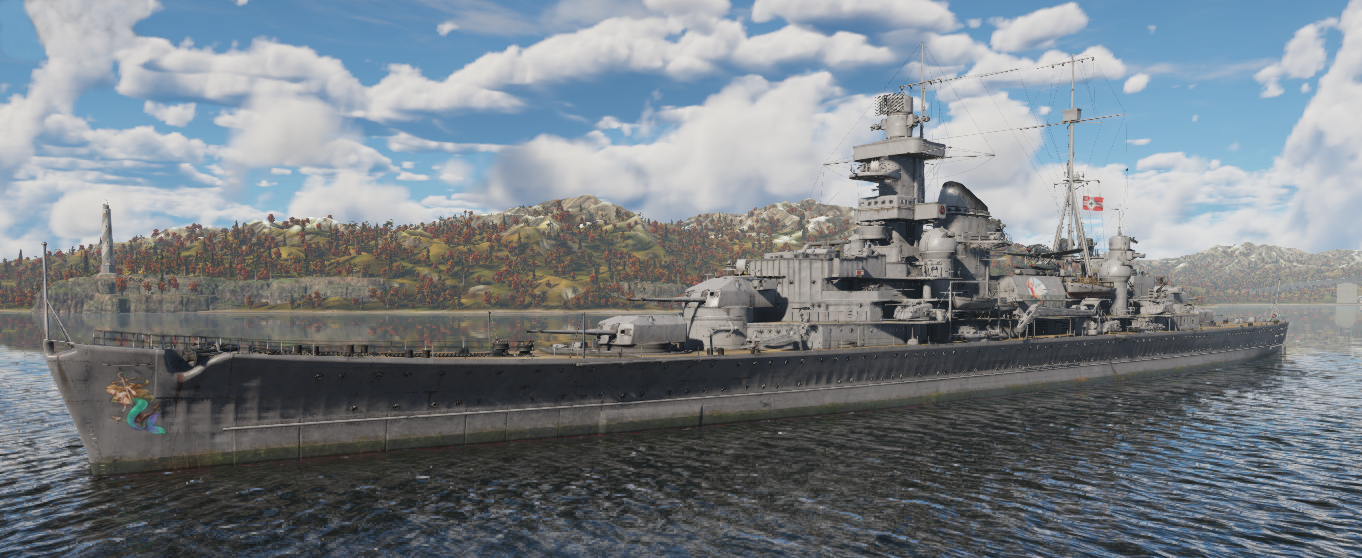
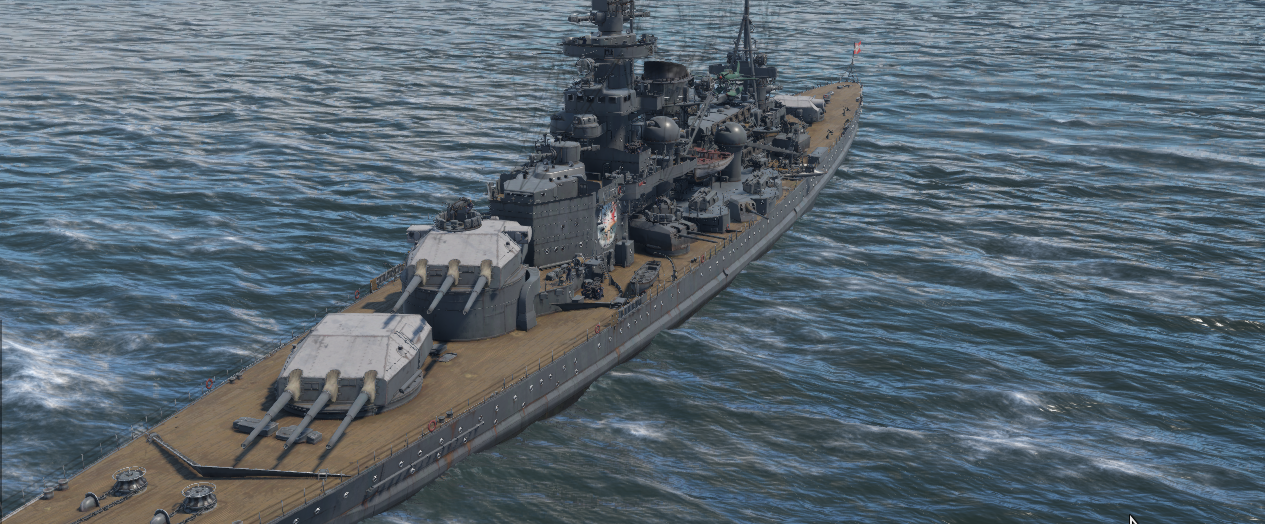
Leave a Reply